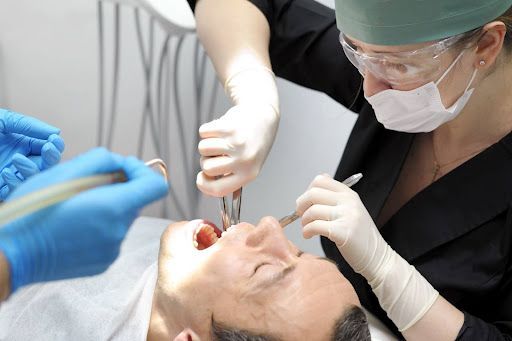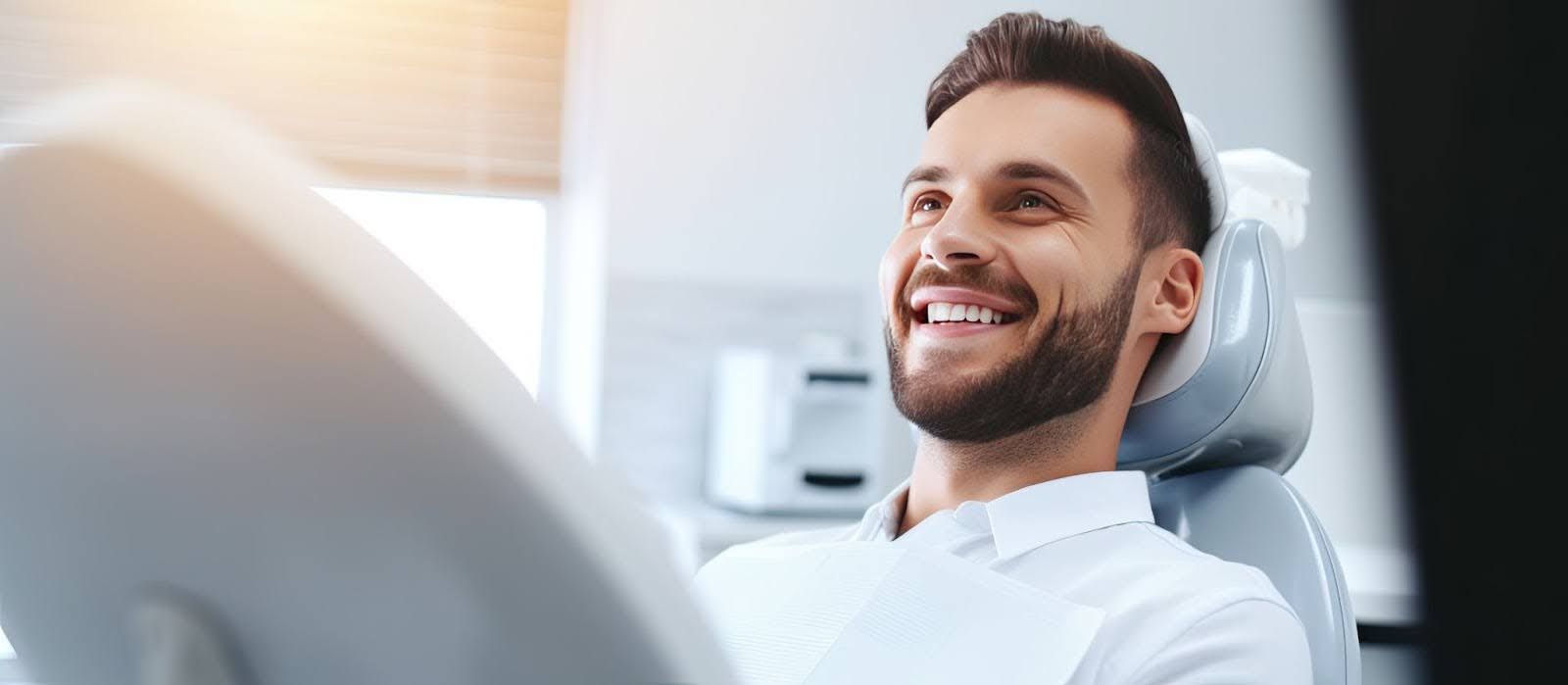Invisalign vs. Traditional Braces
November 20, 2013
When considering different types of orthodontics available, one of the first questions many people ask is “What is the difference between traditional braces and Invisalign?” We want to provide an answer to help you on the path to a straighter smile.
Moving Teeth
All orthodontics involve moving teeth through pressure and friction. The differences evolve when you look at the method of movement.
Invisalign
- Uses medical grade plastic trays and tooth colored attachments. Invisalign has several different types of attachments which can be used to create pressure in different ways to achieve different movements.
- When Invisalign first appeared there was limited amount of control over the movement as there was only one kind of attachment. The new advanced attachments allow Invisalign to treat more complex cases than in the past.
Traditional Braces
- Uses metal brackets and bands which are cemented to your teeth. A dental wire is then run through the brackets to provide the pressure needed to move the teeth.
Comfort
Invisalign
- Attachments are covered by the aligners making them less irritating and hardly noticeable.
- Aligners are made of medical grade plastics, any sharp portions can be filed down by the doctor to maximize the comfort of the aligners.
Traditional Braces
- Metal brackets and other hardware used in braces are rough and may irritate or damage the sensitive skin inside your mouth.
Aesthetics
There is a pretty obvious difference between the way traditional braces and Invisalign look. This is the number one reason people begin investigating Invisalign.
Invisalign
- Aligners are clear and form fitted to your teeth. Your smile is virtually the same.
- Any attachments that are needed are placed with tooth colored resin to lessen the visibility.
- One of Dr. Robert Stephens patients told us that her husband “didn’t even notice she was wearing the aligners for several weeks”.
Traditional Braces
- May create a metal mouth look.
- Even with the newer clear or tooth colored brackets, the patient ends up with an altered smile.
Removing
Invisalign
- Aligners can be removed for eating or drinking.
Traditional Braces
- Cannot be removed.
- Require a limited diet to avoid accidentally dislodging a bracket.
Care
Invisalign
- As the aligners can be removed, you can keep your same oral hygiene routine.
- Aligners need to be cleaned with cool water and a toothbrush prior to placing them on your teeth.
Traditional Braces
- Require increased home care. With brackets there is a risk of decalcification, so an at home fluoride regimen is recommended to help prevent this.
- Flossing also becomes more difficult, requiring a floss threader to get under the metal wire.
There are many differences between traditional braces and Invisalign. As you can see, Invisalign is an amazing option to straighten your teeth with less hassle. Everyone’s case is different and requires a unique approach. To find out if Invisalign would be the right fit for you, contact our Evanston dentists office and set up an appointment with Dr. Bob, our experienced Premier Invisalign Dentist.
The post Invisalign vs. Traditional Braces appeared first on Stephens Dentistry.







